An accessory decoder that promises to control everything (turnouts, lights, signals…). I wanted to have a look!
Qdecoder?
Qdecoder is a rather young company. They started around 2009, and the team seems to be based both in Dresden (Germany) and in Switzerland.
They specialise in accessory and function decoders. There are different Qdecoder models, an overview of the product range is available on the Qdecoder website.
I have started to see some online comments on Qdecoder, which is how I heard about them. They also attend some model train fairs (including the important Nuremberg Toy Fair).
The Z2-8+ decoder
The Z2-8+ is the most universal model. It is designed to control pretty much everything:
- Turnouts (with motors, double coils and single-coil)
- Lights
- Signals
- …
Until now, we had to choose between many types of accessory decoders:
- Decoders for standard magnetic turnouts (“magnetic devices accessory decoders”), for example turnouts form Fleischmann, Trix…
- Decoders for single-coil magnetic turnouts (with only 2 wires), in N-Scale, mostly Kato and Tomix.
- Decoders for motor based turnouts.
- Decoders for lights or other “permanently on” devices (usually relay-based decoders).
- Decoders for signals (recreating the advanced train signal combinations for one or several countries).
The Z2-8+ integrates the “signal add-on” functionality. Providing you configure the decoder well, it can simulate signals from many countries (Germany, Austria, Switzerland, Belgium…).
Have a look at the “Operating Modes of the Signal Add-on” document, it’s impressive! All those settings are usually made via changes to the CVs (Configuration Variables), with your DCC command station.
There are many other advanced possibilities: blinking, sequences, fade in/outs… Beware that all these configuration changes can be quite complex to implement.
But the Z2-8+ can also control “simple” devices such as turnouts. In such cases, you can configure the decoder as any other: by simply pressing the “programming” button and sending a command from your DCC system.
Even for this type of application, there are many options to use all outputs to the fullest. Take a look at the “Connections and operating modes of Z2-series decoder” document.
Opening
I ordered my Z2-8+ from Qdecoder directly (more on that later on). I received the decoder safely packed, with the printed manuals (which is very welcome):
The Q-Decoder is merely 6x4cm, that’s very small. It is an SMD-based electronic board, with a sticker hiding the electronic components:
The back of the decoder is fully flat and also covered by a sticker. This prevents short-circuits depending on where you mount it:
Test with my Kato turnouts
I wanted to replace a decoder that I wasn’t fully satisfied with, to control my Kato points. Although the Z2-8+ can control “only” 4 classic turnouts (for example from Fleischmann), it can control up to 8 single-coil or motor turnouts.
The Kato points are precisely single-coil turnouts, which means they only have 2 wires. Until now, I was using “regular” turnout decoders with small adapters. It worked, but it was taking a lot of space (and cables) under my layout.
Here is my short test report:
- I set up the Z2-8+ temporarily under my layout. Connecting only the “DCC signal” and “power” connectors (one should not connect the turnouts immediately, since the decoder is pre-programmed for motor turnouts and might burn the coils).
- I used the quick-programming mode: press the programming button on the decoder (LED goes on), send the appropriate command from the DCC system, and LED goes off to confirm. The setting I wanted was “250ms impulse, 8 turnouts attached, addresses 201 to 208”, so the simple command I had to send was: “201 green”.
- I then connected my first Kato point: and it worked!
There is not much more to say. Programming took only a minute, and the decoder works reliably even when used with a PC program (sending quick sequences of turnout commands through the DCC system).
For me, the Z2-8+ has replaced 2 different accessory decoders, while occupying 1/5 of the space!
I have not tested the advanced signal options yet. If you want to check out how Qdecoders work with signals, you can check out the official Qdecoder Youtube channel with many videos.
Drawbacks
Some people might complain about the lack of protective case. I like it that way: it saves space.
I have 2 comments however:
- The documentation is excellent, but fragmented
Qdecoder has done a very good job documenting their products. Some of their manuals still lack an English version, but they are working on it I think. The documentation is extensive and well-written. Above all, it is well presented, in color, with a nice modern layout (many small train manufacturers should learn from them!).
However, because some functions are valid across several decoder models, you don’t get “one manual for all”, but rather many small leaflets. Same thing online: if you want information about Qdecoders, you will need to go the the download page and download 5 or more different files (after hunting them down…).
Because they have done such a great job writing the documentation, I think they should publish them in a more customer-friendly manner: just compile 1 manual for each decoder model, containing all the relevant information. Yes, it would be a hassle for them to update, but it would be better from a customer perspective.
- No RailCom support
The Qdecoders support PoM (programming on the main). So you won’t have to unplug your modules to change the CVs. I would have appreciated support for RailCom programming, which also allows reliable reading of existing CVs.
But these are minor comments. As for the customer support (important for complex devices), I sent a question per email and got a very quick and friendly answer.
Pricing and target hobbyists
For standard applications such as turnouts, button-based quick programming should be enough.
The advanced configuration of signals via Configuration Variables, however, is not for the faint of heart. Therefore, if you are a beginner and want to control signals, you might want to look at more limited – but easier to use – signal decoders. Otherwise, Qdecoder also has a “programming service”.
For about €40, the Z2-8+ is in the same price range as the “single purpose” decoders. It’s actually cheaper for controlling 8 motor or single-coil turnouts (most decoders control 4 devices only).
Conclusion
I am quite enthusiastic about this product. This may well become my decoder of choice for the future.
The Qdecoder Z2-8+ is small, and can do almost anything. Most of my previous accessory decoders work well, but they all have only one purpose. This becomes a problem when you change/update/recycle your layout: you are left with decoders that may not match your future needs. With the Z2-8+, no problem: just reprogram the decoder for anything. The only thing the Z2-8+ cannot control: servo motors.
It feels good to see that relatively new companies can bring interesting products to the model train market, with a modern & well executed approach (good documentation, Youtube channel…).
Have you tested the Z2-8+ or other Qdecoders? Do you know of any other “really universal” accessory decoder? Feel free to comment!
Final note on resellers & tips on payment method (edited Feb. 25th, 2014)
There is a small list of resellers on the Qdecoder website, I personally ordered mine directly on the Qdecoder online shop (also available in English) and received my decoder quickly. You can pay via wire transfer (a very common payment method in Germany), “one time” Direct Debit, and Paypal.
For anyone in the SEPA zone (EU and some other countries), doing a wire transfer is now relatively easy: they send you the invoice per email, you transfer the money, and wait. Most banks now allow to do this online. SEPA transfers are, by law, at the same price as national wire transfers…this means “free” for most banks/countries, but not for everyone: be sure to check out your bank’s pricing policy.
As for “one-off direct debits”, they are also very common in Germany, and are now possible within Europe with SEPA. It’s basically the same thing as paying your telephone bill (you provide your bank account’s BIC & IBAN), though of course you are debited only one time.
Qdecoder also lists one US-Based reseller, but I couldn’t find the Qdecoder products there.
External links
- The Qdecoder official page: http://www.qdecoder.com/index.php?lang=en
- The Qdecoder official Youtube Channel: http://www.youtube.com/user/Qdecoder
I always try to be fair and square when giving grades, see the details about the evaluation criteria here !
Reminder: I am a hobbyist and these articles only represent my personal views. I am not receiving any compensation, in any form, from the brands or stores mentioned here. The product names, marketing names, and brands mentioned here are the property of their respective owners.

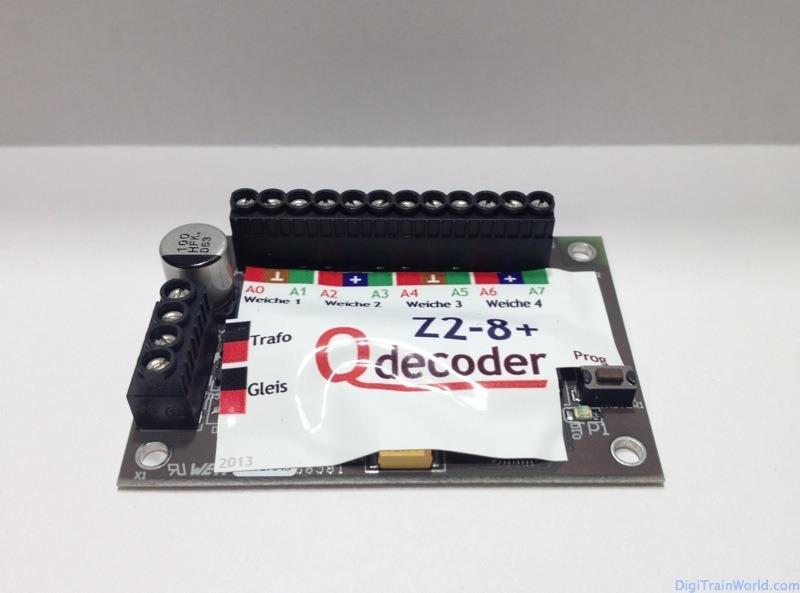
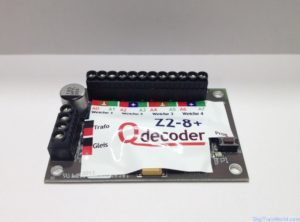
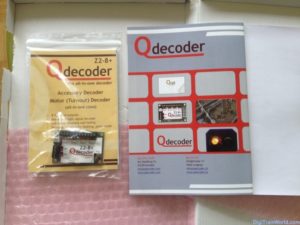
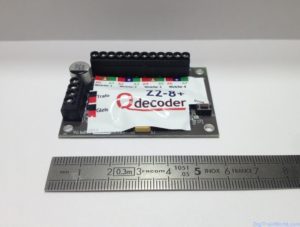
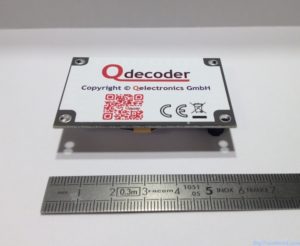
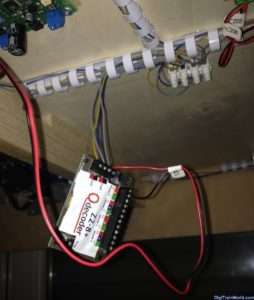
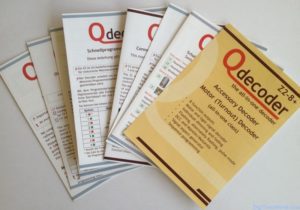
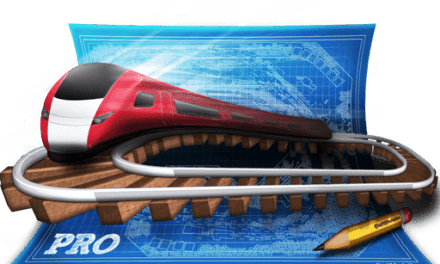
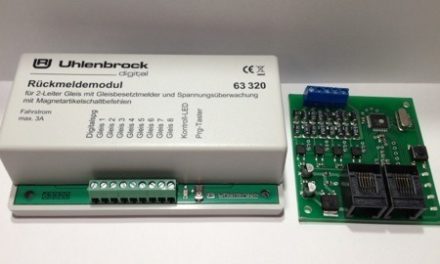
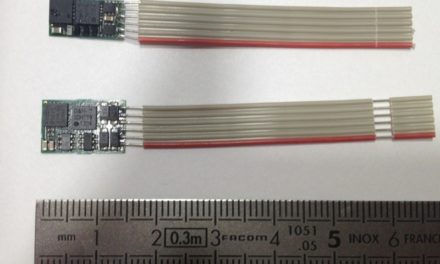
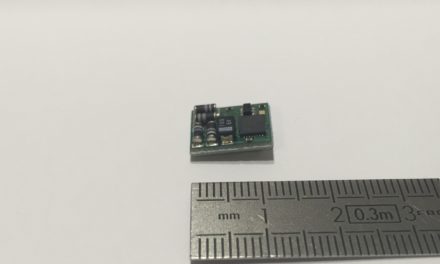


Thanks for sharing, Pierre. Always look forward to your review on new tech.
Pierre,
You wrote “With the Z2-8+, no problem: just reprogram the decoder for anything (except servo motors)”
1. How do you address the programming issue with servo motors that you currently have? I assume you use the Z2-8+ as DCC servo decoder too.
After reading your above review and on servo motor, I am swinging towards these two simple solutions. I like the idea of push button to control turnouts and signals as shown in Qdecoder video. I think it could be the solution for the CTC that I wanted to build.
Back to my drawing board.
Hi Jimmy: apologies, my article is not clear. The Z2-8+ is NOT compatible with servo motors at all! (That may well be its only limitation…)
Thks for informing me. What a pity. I hope they will support servo in the future. I have added their web to my Links for future reference. I hope some signal manufacturers will also produce N scale DB Ks signals that are compatible with their decoders.
Pierre,
Your articles convinced me to purchase this Qdecoder Z2-8+ for a trial run, and least to say that I’m very much pleased with it. I’ve been able to switch my newest Kato Unitrack turnouts very easily, either connecting the two wires to one pair of A outputs or using the connection between one A output and the “trafo” output. The latter method obviously allows 8 turnouts per decoder, which makes the price per point more affordable than with Lenz LS150 that I’ve been using so far (for Minitrix solenoid turnout motors).
I’ve also been able to switch Kato double crossover (WX310) with only one output of this decoder that is powerful enough to switch the 4 motors at the same time.
The functionality of this accessory decoder seems amazing. I’m probably going to use it for motors only, but it can do much more than this. I had no difficulty to read CVs, unlike function decoders. I’m contemplating creating a JMRI decoder file for it. Yes, Qdecoder are providing their own configuration software for it, but it requires acquiring their proprietary programmer. There are also some configuration files for (Freiwald) TrainProgrammer, but again you have to buy Train Programmer. I like very much my TrainController software, but for programming decoders, I vote for JMRI without hesitation.
Alain LM
Thanks for your feedback Alain, I am glad you like the Qdecoder!
The Kato double crossover is on my shopping list, to complete my hidden train station. It’s very interesting to know the Qdecoder is powerful enough!
Are you sure we are not close to the power limit / do you know how much the 4 solenoids of the Kato crossover actually need?
You are right, the Z2-8+ has so many possibilities. The only problem being that this requires a LOT of CV changes. I am exactly like you: I drive with TrainController, but I program with JMRI DecoderPro.
I have no plans to add JMRI definitions for the Qdecoder, I thought about it, but it’s just a crazy amount of work. Good luck if you try 😉
Pierre
Don’t know how much current the double crossover draws. But I didn’t have any one hiccup all day using it on a regular basis, and nothing observable on the trains running.
I tested it on a temporary setup, with “trafo” connected to “gleis”, in other words switching power coming from the DCC power. In a definitive layout, I would use a separate transfo for accessories decoders. I’m using an IB2 with a 12v Conrad transfo.
Pierre, and all interested,
I’ve create a decoder definition of this Z2-8+ decoder (and others from Qdecoder) in JMRI. It took me quite a long time as I did it by small increments, but it is now available in JMRI repository on-line. It will be available in next test version 3.9.4.
This is actually a quite complicated decoder and the documentation, though abundant, is sometimes misleading. I have to praise Qdecoder support that is very responsive to all requests.
The QRail programming software from Qdecoder is quite well done, but unfortunately can only be used, at the moment, with Qdecoder programmer. So I hope that the JMRI definition will be helpful. Though some features will be missing compared to Qrail (graphic wiring diagram), you will find some others only in JMRI, such as selection of modes and instructions by name (enum list).
Feedback is welcome, in private messages or on the JMRIusers group.
Alain LM
Hi Alain, I can’t speak for the whole JMRI community, but thanks a lot 😉
For now, I am still using the Z2-8+ as a simple point decoder (therefore not needing JMRI to help me with the config). I am glad you discovered the Qdecoder thanks to my blog post.
I am sure this JMRI profile will be of great help for many (it will for me later!).
I hope the guys from Qdecoder saw this JMRI definition venture positively, for what it is: a way to sell more Qdecoders by offering an alternative programming method for their customers.
Qdecoder website is hard to understand. And most of there pages are not completely (or at all) translated.
You made a good review. Do you think you will talk about other Qdecoder products ? At least, what product do what ?
For myself, I’m searching the good product to control my Inglenooks puzzle (and other things later). It’s hard to find a product who can have a DCC control AND a push-button one, with ligth states.
Do you have some tips ?
It is hard to understand, and unfortunately their product naming is very technical and confusing. It’s a pity because their products seem to be great.
The differences between all products are basically just the number of outputs, and which advanced signaling options they support.
Did you have a look at the table: http://www.qdecoder.de/index.php?option=com_content&view=article&id=4&Itemid=151&lang=en
I currently do not plan on reviewing other Q-Decoder products, but I surely will keep an eye open!
Oh yes I’ve already taken a look… Not really better.
Thanks for the answer !